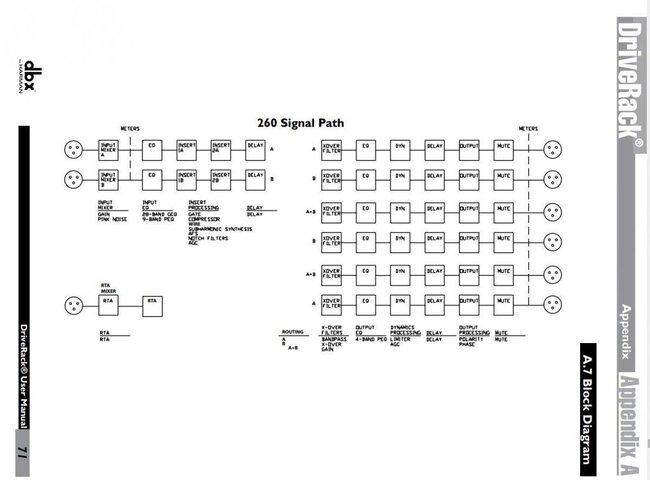JFutty90
Member
Currently re-specing the system in my church. The current system is about 13 years old and the console is starting to act up.
Main advice I am looking for is speakers. The room to be covered is about 30' wide by 62' long. There is extra space behind the speakers that is 19' wide by 12' deep. This is where most of the audio comes from. The main audience will start about 10' from the front wall and range all the way back. It is a tall room around 30' tall at the peak and the walls are straight up will 11' up when they start to go towards the peak. There is no balcony to cover with audio. There is a balcony, but it just contains the sound board and racks (I know....), choir, and organ.
The current system is using (from what I can tell) 2- JBL AM6215/64 as main front L/R, 2- JBL AM6212/64 as delay fill L/R about 40' from the front, and 2- JBL JRX118S as subwoofers located in front under the mains (where they should be). The speakers are flown at about 11' off the floor. The system fills the space nicely, with plenty of head room all the way around using Crown CH4 amps for the mains and CH2 for delay and subs all ran around 1/2 power. There is a DBX Driverack 260 as processor for EQ, Delay, and Crossover.
The main source is a single lav from the pastor. We use a keyboard most Sundays with the choir or for hymns. We are currently implementing a new praise service once a month using contemporary music. Acoustic guitar, bass guitar using a Line6 amplifier board, clarinet, and hand held wireless and corded for vocals.
So I am looking for something equal to these but also not going to break the budget. Currently looking at the JBL PRX415m as L/R Mains, JBL PRX412M as Delays, and EV ELX118P as subwoofers. Was still curious if there are any other ideas that may be better than what I have come up with.
Main advice I am looking for is speakers. The room to be covered is about 30' wide by 62' long. There is extra space behind the speakers that is 19' wide by 12' deep. This is where most of the audio comes from. The main audience will start about 10' from the front wall and range all the way back. It is a tall room around 30' tall at the peak and the walls are straight up will 11' up when they start to go towards the peak. There is no balcony to cover with audio. There is a balcony, but it just contains the sound board and racks (I know....), choir, and organ.
The current system is using (from what I can tell) 2- JBL AM6215/64 as main front L/R, 2- JBL AM6212/64 as delay fill L/R about 40' from the front, and 2- JBL JRX118S as subwoofers located in front under the mains (where they should be). The speakers are flown at about 11' off the floor. The system fills the space nicely, with plenty of head room all the way around using Crown CH4 amps for the mains and CH2 for delay and subs all ran around 1/2 power. There is a DBX Driverack 260 as processor for EQ, Delay, and Crossover.
The main source is a single lav from the pastor. We use a keyboard most Sundays with the choir or for hymns. We are currently implementing a new praise service once a month using contemporary music. Acoustic guitar, bass guitar using a Line6 amplifier board, clarinet, and hand held wireless and corded for vocals.
So I am looking for something equal to these but also not going to break the budget. Currently looking at the JBL PRX415m as L/R Mains, JBL PRX412M as Delays, and EV ELX118P as subwoofers. Was still curious if there are any other ideas that may be better than what I have come up with.



